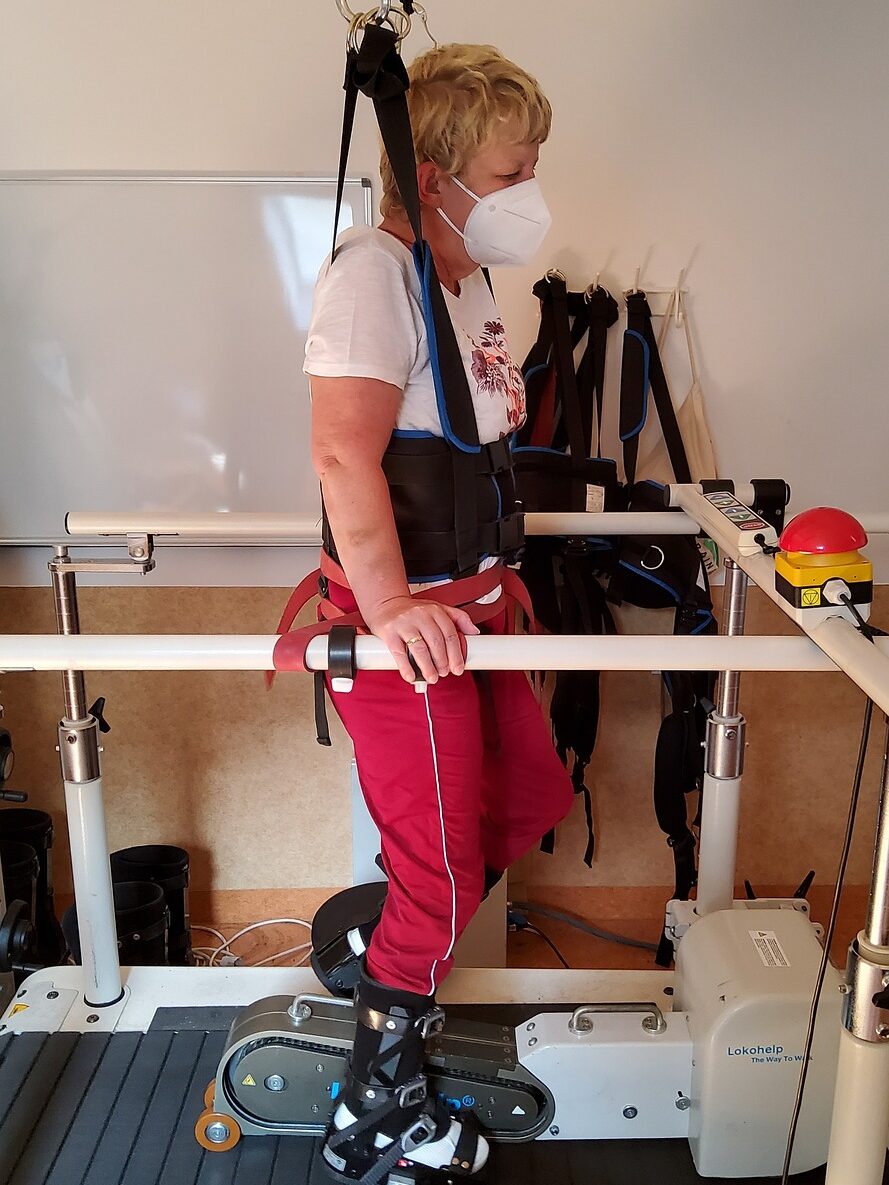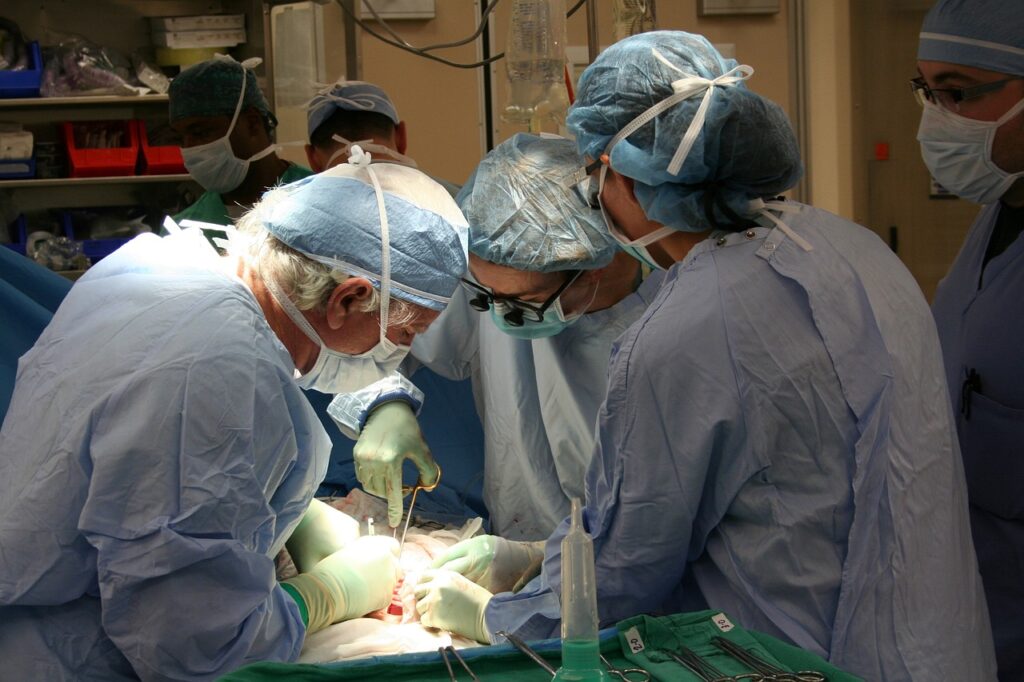
Robotics in rehabilitation and physiotherapy is a rapidly evolving field that merges engineering with medicine to enhance the recovery process for patients with physical impairments. By utilizing robotic devices, therapists can offer more precise, consistent, and efficient treatment, helping patients regain mobility and function more quickly. This approach is especially beneficial for individuals recovering from strokes, spinal cord injuries, and other conditions that affect movement.
1. Introduction to Robotics in Rehabilitation
Rehabilitation is a critical component of recovery for patients who have suffered from injuries, surgeries, or chronic conditions. Traditionally, physiotherapy involves manual techniques where therapists guide patients through exercises to restore movement. However, this approach has limitations, particularly in terms of the intensity and duration of therapy. Robotics offers a solution by providing assistive devices that can replicate the movements of human therapists, enabling more rigorous and controlled rehabilitation sessions.
2. Types of Robotic Devices in Rehabilitation
Robotic devices in rehabilitation are broadly categorized into two types:
- Exoskeletons: These wearable robotic suits are designed to support and assist movement in patients with lower limb impairments. Exoskeletons are particularly useful for individuals with spinal cord injuries or severe weakness, as they can help them stand, walk, and perform other movements.
- End-Effector Robots: These devices interact with the patient at a single point, usually the hand or foot, to guide movements. They are commonly used for upper limb rehabilitation, helping patients improve their arm and hand functions.
3. Benefits of Robotic Rehabilitation
Robotics in rehabilitation offers several advantages over traditional methods:
- Precision and Consistency: Robots can deliver highly precise movements, ensuring that exercises are performed accurately. This consistency is difficult to achieve manually and is crucial for effective rehabilitation.
- Increased Intensity: Robotic devices can provide continuous and repetitive training, allowing patients to perform more exercises in a shorter time. This increased intensity can lead to faster recovery.
- Objective Assessment: Robotic systems are equipped with sensors that can monitor a patient’s progress in real time. This data provides valuable insights for therapists, allowing them to adjust treatment plans based on the patient’s performance.
- Motivation and Engagement: Many robotic devices include interactive features, such as virtual reality environments or games, to keep patients engaged during therapy. This can be particularly beneficial for maintaining motivation in long-term rehabilitation programs.
4. Applications of Robotic Rehabilitation
Robotic rehabilitation is applied across various conditions, each with unique benefits:
- Stroke Rehabilitation: Patients recovering from strokes often experience paralysis or weakness on one side of the body. Robotic devices can assist in repetitive movements, promoting neuroplasticity and helping patients regain function in affected limbs.
- Spinal Cord Injury: Exoskeletons are especially beneficial for individuals with spinal cord injuries, enabling them to stand and walk despite significant impairments. This not only improves physical function but also enhances psychological well-being.
- Orthopedic Rehabilitation: After surgeries such as knee or hip replacements, robotic devices can assist in restoring joint mobility. They can also be used to rehabilitate sports injuries by guiding athletes through precise movements to avoid re-injury.
- Pediatric Rehabilitation: Robotic systems can be adapted for children with conditions such as cerebral palsy. These devices help children improve their motor skills in a fun and engaging way, which is essential for their long-term development.
5. Challenges and Considerations
Despite the significant advantages, the integration of robotics in rehabilitation and physiotherapy also presents challenges:
- Cost: Robotic systems are expensive to develop, purchase, and maintain. This high cost can be a barrier for many healthcare facilities, particularly in low-income regions.
- Accessibility: Not all patients have access to facilities equipped with robotic rehabilitation devices. This can limit the availability of these advanced treatments to those who need them most.
- Training and Expertise: Therapists must be trained to use robotic devices effectively. This requires specialized knowledge and skills, which may not be available in all rehabilitation centers.
- Patient Acceptance: Some patients may be reluctant to use robotic devices due to fear of technology or discomfort with machine-assisted movements. It is essential to address these concerns through patient education and support.
6. The Future of Robotics in Rehabilitation
The future of robotics in rehabilitation and physiotherapy looks promising, with ongoing research and technological advancements paving the way for even more effective and accessible solutions:
- Personalized Therapy: Future robotic systems are likely to incorporate artificial intelligence (AI) to offer personalized rehabilitation plans based on individual patient needs. AI can analyze a patient’s progress and adapt the therapy in real time, optimizing outcomes.
- Home-Based Rehabilitation: The development of smaller, portable robotic devices will enable patients to perform rehabilitation exercises at home. This will be particularly beneficial for those who cannot regularly visit rehabilitation centers due to distance or mobility issues.
- Integration with Virtual Reality: Combining robotics with virtual reality (VR) will create immersive rehabilitation environments that can simulate real-world scenarios. This will help patients practice movements and tasks in a safe and controlled setting, improving their readiness for daily activities.
- Tele-rehabilitation: The integration of robotics with telemedicine will allow therapists to remotely monitor and guide patients through rehabilitation exercises. This will expand access to high-quality care, particularly in underserved areas.
7. Conclusion
Robotics in rehabilitation and physiotherapy represents a significant leap forward in the field of physical medicine. By enhancing the precision, intensity, and engagement of therapy sessions, robotic devices are helping patients recover more quickly and effectively. While challenges such as cost and accessibility remain, the ongoing development of this technology promises to make advanced rehabilitation tools more widely available. As the field continues to evolve, robotics will play an increasingly vital role in helping individuals regain their independence and improve their quality of life.


